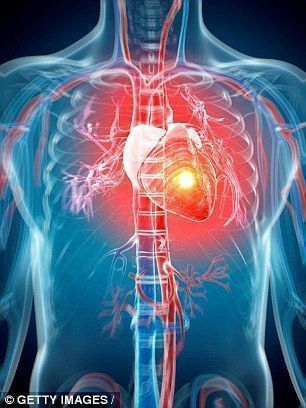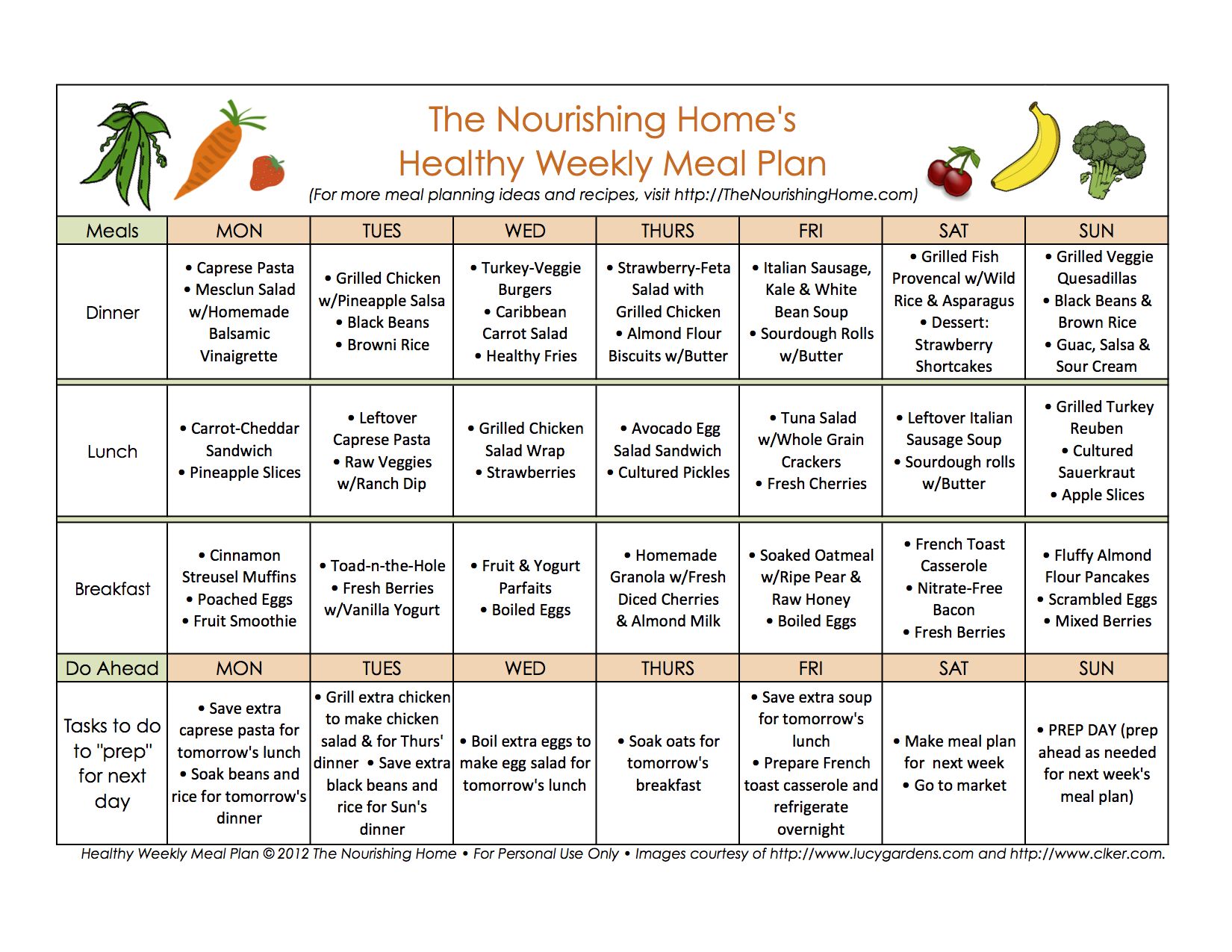Ischemic Heart Disease: 71 Thousand Deaths Each Year
Heart Health Comes from Changing Certain Habits Such As Smoking, Alcohol, Obesity, Sedentary Lifestyle and Adopting a Healthy Diet in Order to Keep Body Weight and Fat Metabolism under Control. Along with adopting a virtuous lifestyle There are some heart-friendly natural molecules that May be more accepted by patients, but they are effect? This is the Example of Omega-3s, of which are Said to Incasse concentration, Improve Skin Health and Elasticity, have an anti-Inflammotory Effect Against Acne, Reduce Blood Pressure and Ventricular Arrhythmias, Lower Choletterol, Ins insulin Resistance, and Help Prevent Alzheimer’s. But what are the realities, support by Scientific Evidence, of the cardio-Protective Effect of Omega-3 Fatty Acids and What Other Remedies to Control Cholesterol Levels?
The Point at a Scientific Meeting in Rome at the Senate of the Republic Entitled “Cardiovascular Prevention, what is the mons?“With the Participation of Specialists and Representatives of Institutes Institutes The Commission on Hygiene and Health, The Commission on Social Affairs of the Chamber of Deputies, The Commission on Industry, Trade and Tourism of the Senate of the Republic, and with the Unconditional Contribution of IBSA Pharmaceutical.
“Omega 3S Are Essential Fatty Acids, indispensable substances that must be taken through the diet because they are not produced by the body, explains Leonardo Caló, Director Cardiology Policlinico Casilino in Rome. Several Studies Have Shown That a Healthy Diet That Includes The Intake of Foods Rich in Omega 3 and Rich in Antioxidant Agents and Fiber Helps Prevent Cardiovascular Events 1 . A Study Published in The New England Journal of Medicine conducted on a sample of More Than 76,000 Women and More Than 42,000 Men Finds That Nut Consumection is Closel Related to A Reduction in Cardiovascular Risk and Risk of Developing Type 2 Diabetes Mellitus 2 . Another study conducted instead in Spain on a total of 7.447 People Demstrated a Close Correlation Beteween a Mediterranean Diet Supplemented With Foods Rich in Omega-3 Including Walnuts and Olive Oil and A Reduction in the installment of Cardiovascular Events Including Myocardial Incotation and Stroke.”.
American Heart Association Reitated That The Diet Should includes AT Least Two Servings of Fish for Week Within A Dietary Regimen Aimed At Reducing Cardiac Events. The Relationship Bethaeen a Diet Rich in Fish and A Cardioprotective Effect Has Also Been Confirmed by Several Epidemiological Studies conducted in Various Countries. In Particular, at Recent Study conducted on 20.000 Adult Men Without Pre-Existing Cardiovascular Disease, Has Shown That A Low-Risk Diet With Foods Rich in Omega 3 Alone Results in 16% Reduction in The Risk of Heart Attack 3 . Another Study, Gissi-HF4, Has Also Shown That Long-Term Administration of Omega-3 is Effective in Reducing Both All-Cause Mortality and the installments of Hospital for Cardiovascular Causes in Patients With Heart Failure.
“While There is no Strong Correlation Bethaeen Omega-3 and ChoLolesterol Control, States Roberto Volpe, Researcher At Cnr Rome, President of Sisa Lazio (Italian Society for the Study of Atherosclerosis), Omega-3 Fatty Acids Are very effect in Reducing Triglyceridemia Levels. Scientific Research Has Also Addasted Not Only the Intestinal Absorption and Hepatic Synthesis of Cholesterol, But Also The Oxidation of LDL-ChoLesterol, Which is Responsible for the Changes with Blood Vessels That Lead to the Formation of Atherosclerotic Plaque. Hydroxytyyrosol, in Substance Contained Within Extra Virgin Olive Oil Appears to Be a Valuable Aid in Controlling ChoLolesterol, Which Once Again Confirm the Importance of the Mediterranean Diet.
When the Risk is medium to low (and choletterol levels are only a Little Higher Than Desirable), Treatment With Dietary Supplements May Bhe Sufficient, According to the Reoffirmentation of the European Atherosclerosis and Cardiology Societies, whose indicated Phytosterols and Floriald Red Rice As the Reference Elements. Indeed, clinical studies 5 have shown that soy sod red reception ldl choletterol levels by 15% to 30%, depending on doses, precise because monacolin k is a natural statin. Supplements are now Available in Pharmacies that Through the targeted action of phytosterols, red reception, and olive tree polyphenols can, as documented in the literature, effectively veteran blood choLolesterol levels.
If, on the other Hand, The Risk is medium to high, the drugs of choice are stals or, if desirable values cannot be achieved, pcsk-9 inhitars, which are able to reguce choLolesterol by up to and over 60 percent.”.
“Several Dietary Supplement Preparations Containing Omega-3s Are Currently On The Market, However, There Are No Studies Demonstrating The Supplements’ Effectiveness in Reducing Cardiovascular Risk, He Explains Pierluigi Navarra, Full Professor Pharmacology Catholic University of the Sacred Heart, Rome. Supplements Contain A Lower Amount of Omega-3 and Are Generally Proposed Only As An Alternative To A Balanced Diet, Although the Benefits in Cardiovascular Prevention From A Healthy Diet and Proper Lifestyle Cannot Be Replaced by Taking Supplements Alone. But it is only drugs, whose omega-3 content is grease than 85 percent, (supplements have a lower concentration) that have demonstrated therapeutic properties that have led regulatory bodies to recommend it with certain indications, the pharmacologist concludes “.
An equivalent omega-3 drug has been approved by AIFA and expensive in bands a, Paid for by the National Health Service for Secondary Prevention in Postinfarchion and Hypertriglyceridemia (Notes 13 and 94 of AIFA, Italian drug agency). The same drug is now alo available in band c, with a more convenient 30cps pack, for those living to do prevention with all the guarantees that the drug can give at a low cost than some dietary supplements.
“Despite The fact that in Our Country Ischemic Heart Disease is Responsible for More Than 71,000 Deaths Each Year and is one of the Leading Causes of Death, in Italy Only 4.2 percent of total health spending is allocated to prevention acttivities, explains Alessandro Solipaca, National Observatory on Health in the Italian Regions – Catholic University of the Sacred Heart in Rome. The results of this policy are reflected in Some Very World Data: More Than One-Third of the Adult Population is Overweight, Only 23% of the population engages in Sports on an ongoing basis, Eating Habits Are Also Worsening: There is a decrease in The consumption of 5 Servings for Day of Vegetables, Fruits and Vegetables from 5.3% in 2005 to 4.9% in 2014. Preventive Activity is Key To Reducing the Risk of Cardiovascular Disease, Which is influenced by a multiton of factors of which some are at least.”.
Prevention and adherence to therapy is a critical node for cardiovascular disease, as well as for all chronic diseases. “More Than Any Other Organ, The Heart Has a Double Life: Organic and Metaphorical, Fueled by the Multiple Means It Takes On in the Collective and Personal Imagination. This Influences Risk Perception and The Way Patient Experience and Narrate Heart Problems and Treatment. Often in patients’ perceptions, medications have a negative impact on quality of life: they three the organic heart but not facilitated recovery of a person’s more global well-being.
Behavors of Self-Reputation of Dosage or Outright Discontinuation of Treatment Are Recurrent, Specificies Cristina Cenci, Anthropologist at the center for digital health humanities. Prevention and Therapeutic Adherence, Espencially in Chronic Diseases, Require Shared Decision Making Bethaeen The Caregiver and the Patient, with the Goal of Treating a Person and Not an Organ. Narrative Medicine Offers The Methodologies and Expertise for this Co-Constance of a Tailored Care Pathway From Att Available Treatment Options: Lifestyle and Dietary, Medications, Natural Products For Which Effectcy Has Been Demstrated.
To enhance prevention and adherence, we need personalized medicine that integrates guidelines, clinical experience, and patient preferences “.
Bibliography
1 Annamaria Martino, Emilia Gantanta, Roberta Magnano, Sabrina Bencivenga, Laura Pezzi, Angelo Acitelli, Adelaide Picarozzi, Maria Penco, Leonardo Calo “Diets and Heart Disease. Myths and Reality“Symbiosis Received: May 01, 2016; Accepted: May 26, 2016; Published: June 12, 2016
2 Ying Bao, m.D., Scar.D., Jiali Han, Ph.D., Frank B. Hu, m.D., PH.D., Edward L. Giovannucci, m.D., Scar.D., Meir j. Stampfer, m.D., Dr.P.H., Walter C. Willett, m.D., Dr.P.H., and charles s. Fuchs, m.D., M.P.H. Association of nuts consumption with total and cause-specific mortality. New England Journal of Medicine N Engl J Med 2013; 369: 2001-11.
3 Akesson A, Larrson SC, Descassed A, Wolk a. Low-Risk Diet and Lifestyle Habits in the Primary Prevention of Myocardial Sliding in Man: A Population-Based Prospective Cohort Study. J AM COLLA CARDIOL 2014; 64 (13): 1299-306.
4 Gissi-HF Investigators, Tavazzi L, Maggioni AP, brand R, et al. Effect of N-3 Polyunsatured Fatty Acids in Patients with Chronic Heart Failure (The Gissi-HF Trial): in Randomized, Double-Blind, Placebo-Controlled Trial. Lancet 2008; 372 (9645): 1223-30.
5 LI Y, Jiang L, Jia Z, Xin W, Yang S, Yang Q, Wang L. Plos One. 2014 Jun 4; 9 (6): E98611.
Lu z, kou w, du b, wu y, zhao s, brusco oa, morgan jm, capuzzi dm; Chinese Coronary Secondary Prevention Study Group, Li S. Am j cardiol. 2008 Jun 15; 101 (12): 1689-93.



